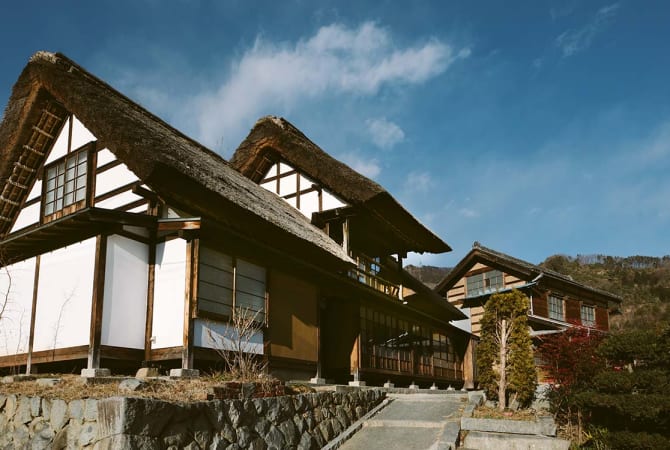Discover Picturesque And Culture-Rich Villages While Hiking Through The Nakasendo
The Nakasendo is a historic and picturesque route nestled in the heart of Japan, offering a captivating journey that showcases the country's rich cultural tapestry. As the longest route in the Gokaido — the five major roads that connected Japan during the Edo Period (1603-1867) — the Nakasendo was an important trade route that wound through rugged terrain and linked Kyoto and Tokyo, measuring about 534 kilometres long with 69 post towns (“juku”) scattered along its way. Traversed by daimyo lords, peasants, traders, and pilgrims, the Nakasendo was more than a thoroughfare; it was a lifeline that echoed with the footsteps of generations, uniting a diverse mix of travellers in a shared journey through time. Amidst serene landscapes and echoes of a bygone era, the Nakasendo beckons adventurers to explore its secrets and discover the vibrant history that still lingers.
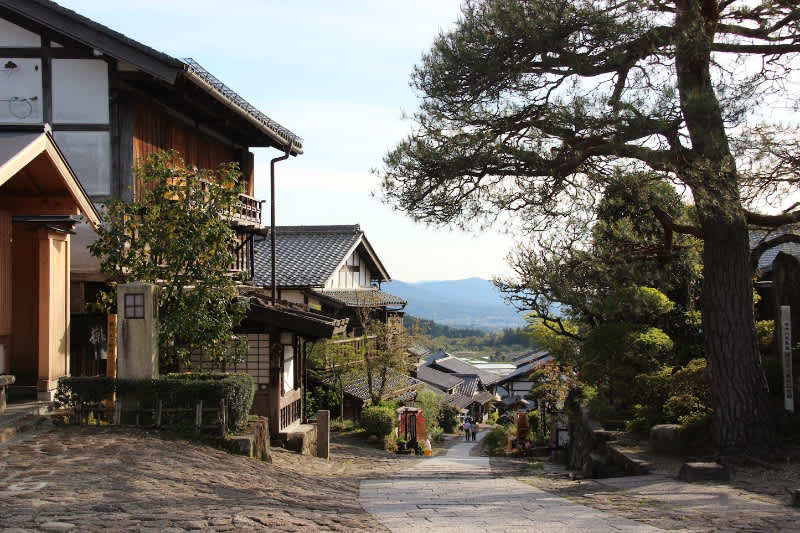
The street view of Magome on the Nakasendo trail. ©️Nakatsugawa City
To this day, many parts of the Nakasendo have been well-preserved, its hiking paths filled with the kind of history that attracts nature and history buffs alike. This article introduces some of the walking trails on the Nakasendo and the post towns you’ll find along the way.
1. From Magome to Tsumago
Perhaps the most popular route in the Nakasendo, this well-maintained hiking trail between Magome and Tsumago runs along the Kiso Valley and is considered a relatively easy hike at around nine kilometres and a two- to three-hour walk.
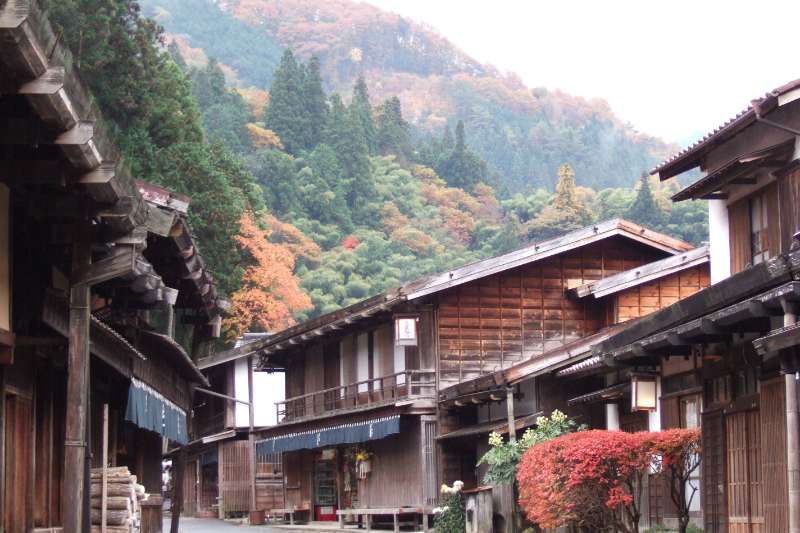
The post town of Tsumago. ©️Nagiso Tourism Association
The standard route of Nakasendo in Gifu Prefecture begins at Magome. With magnificent views of Mount Ena, this town has some of the best-preserved Edo-period style architecture. Cobblestone roads wind uphill through the town and are lined with residential houses with lattice windows, as well as souvenir shops, tea houses, museums, and iconic large waterwheels. While in Magome, don’t miss the chance to try popular snacks like oyaki dumpling and gohei-mochi rice cakes.
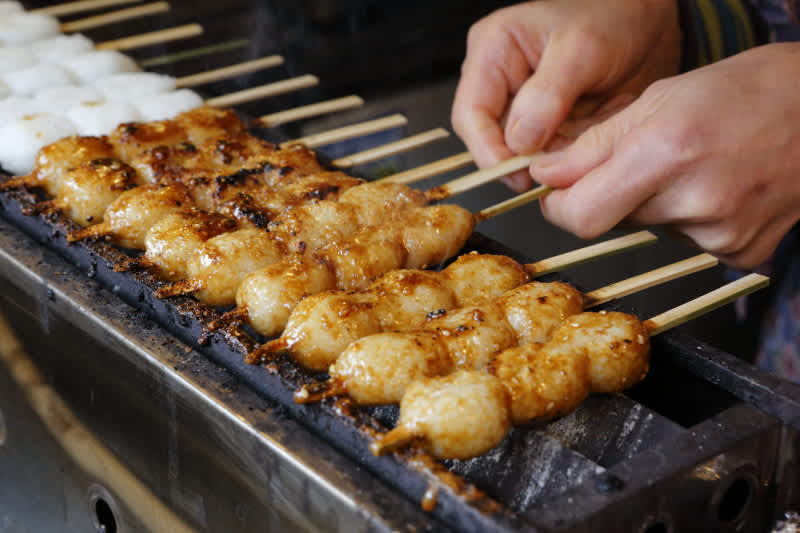
Gohei-mochi rice cakes. ©️GIFU PREFECTURE TOURISM FEDERATION
Learn more about:
From Magome, travellers walk along the Magome Pass to get to Tsumago. Along the route, one will be greeted with a vast forest of cypress trees of Kiso Valley and the fresh air that comes with it.
Tsumago is considered as one of the best-preserved post towns in Japan, making people who visit feel like they’ve really slipped back into time. Time stands still in many places in the town, specifically the Nagiso Town Museum, which consists of the Wakihonjin Okuya (Hayashi family residence), the History Museum and the Tsumago Post Town Honjin (the principal inn) — all converted into museums to give you a glimpse of life back in the Edo Period.
Tip: Baggage delivery is available between Magome and Tsumago, so get your baggage delivered to your end point to avoid having to carry a heavy bag along your hike.
Magome to Tsumago
Distance: Around 8 to 9 kilometers
Walking time: Around 2.5 to 3 hours
Starting point: Magome-juku
Access: From JR Nagoya Station, take the Shinano Express on the JR Chuo Main Line to JR Nakatsugawa Station (around 50 minutes). From there, take a 25-minute bus to Magome-juku. The bus is also connected to Tsumago-juku.
Note: Public transportation is also available in between towns.
2. Kiso Fukushima, the halfway point in the Nakasendo and most important post town in Kiso Valley
Not to be confused with Fukushima Prefecture, Kiso Fukushima is an important checkpoint on the Nakasendo. No traveller was allowed to pass without presenting an official permit for crossing the borders and having their goods inspected, making this post town the most important in the Kiso Valley. Today, the sekisho and the magistrate’s mansion (Yamamura Residence) are open to visitors, with beautifully preserved structures and an array of weapons, clothing, and treasures on display.
Learn more about:
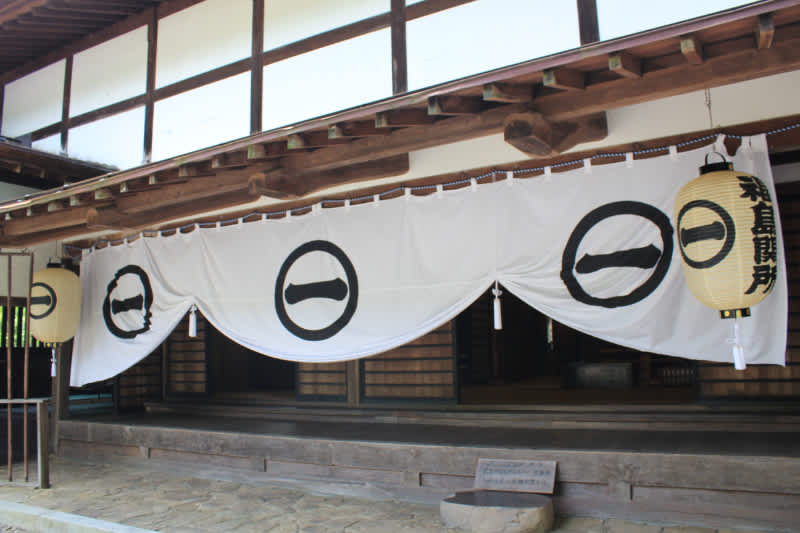
Fukushima Sekisho Museum. ©️ Kiso Town Office
Kiso Fukushima is also the location of other famous attractions: Kozenji Temple is one of three great temples in the Kiso Valley and home to Asia’s largest dry rock garden. There’s also Mount Ontake, the second tallest volcano in Japan and considered one of Japan’s spiritual mountains. Lastly, thanks to its climate, Kiso Fukushima also offers some of Nagano’s most delicious soba and sake.
Kiso Fukushima
Access: 1.5 hours away from JR Nagoya Station. Take the Shinano Express on the JR Chuo Line and alight at Kiso Fukushima Station.
3. From Yabuhara to Narai
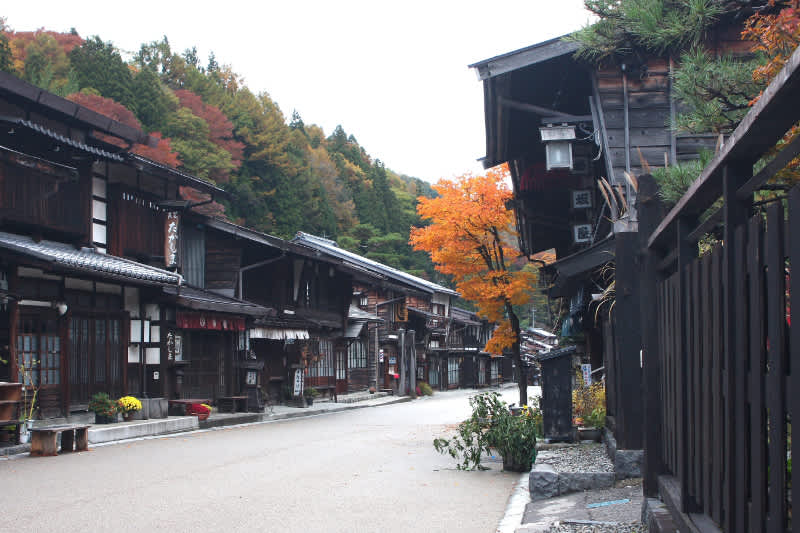
The post town of Narai. ©️ Narai-juku Tourist Association
The trail connecting the post towns of Yabuhara and Narai crosses Torii Pass, the highest point of the Nakasendo, and is about six kilometres long and takes three to three and a half hours to complete. Access to the Yabuhara-Narai trail is relatively easy, with the starting point being in Yabuhara Station, which is accessible by local train from Nakatsugawa Station.
Along the trail, visitors will see Ontake Shrine, which is dedicated to Mount Ontake, after crossing Torii Pass. The end of this trail brings visitors to Narai, the longest town on the Nakasendo, which is lined with many Edo-architecture buildings along its one-kilometre road. Because of the number of buildings along the street, Narai was also known as “Narai of a Thousand Houses” and was one of the wealthiest post-towns during the period. The town is known for their soba, while the nearby Hirasawa district is well-known for their lacquerware. So, many of these buildings house shops with red and black bowls, chopsticks, and trays on display. Narai even has a Kiso Lacquerware Festival and Narai Post Festival celebrated in early June.
Tip: To make the most out of your trip, you can go further to Kiso-Hirasawa, an artistic town known for Kiso lacquerware.
Yabuhara to Narai
Distance: Around 6 kilometers
Walking time: 3 to 3.5 hours
Starting point: Yabuhara Station
Access (Yabuhara): 2 to 3 hours from JR Nagoya Station. Take the Chuo Line to Yabuhara Station. It is suggested to check the train schedules ahead of time, as stops to Yabuhara Station are not frequent.
Access (Narai): 2 to 3 hours from JR Nagoya Station.
Note: Public transportation is also available in between towns.
4. From Yokokawa to Karuizawa via the Usui Pass
Stretching around 17 kilometres, the trail from Yokokawa to Karuizawa starts at the Usui Sekisho Barrier remains, which is a few hundred metres away from Yokokawa Station. With an elevation change of over 550 metres, this trail takes visitors along mountain routes that are deep in nature and dotted with stone relics evoking the past. For those worried about the long hike, fear not, because there are plenty of teahouses along the trail that offer some respite. Once you’re ready to continue, head to the peak where you can also find Kumanokotai Shrine and breathtaking views of Nakasendo’s mountains.

Karuizawa Shopping Plaza. ©SEIBU REALTY SOLUTIONS INC.
Learn more about:
At the end of the trail is Karuizawa, a post town during the Edo period but has transformed into a charming mountain retreat catering to various tastes, filled with modern hotels, villas and historic churches. This upmarket destination boasts an array of attractions, including the renowned “Karuizawa Prince Shopping Plaza”, a shopping haven for those seeking retail therapy; Kyu-Karuizawa, where remnants of its past are beautifully preserved that offer glimpses into bygone eras; and Naka-Karuizawa, where several museums and attractive parks are located. For those who might prefer going there directly, Karuizawa is easily accessible from Tokyo via the Hokuriku Shinkansen.
Yokokawa to Karuizawa
Distance: 17 kilometers
Walking time: Around 6 hours
Starting point: Yokokawa Station
Access (Yokokawa): Around 1.5 hours from Tokyo. From Tokyo Station, take the Hokuriku or Joetsu Shinkansen to Takasaki Station. From there, switch to the local Shin-Etsu line and alight at Yokokawa Station.
Access (Karuizawa): A little over an hour from Tokyo. From Tokyo Station, take the Hokuriku Shinkansen to Karuizawa Station. Express buses from Shinjuku and Ikebukuro are also available.
Note: Public transportation is also available in between towns.
Hiking through the different trails of the Nakasendo is an unforgettable journey that combines history, culture, and nature in one breathtaking package. As you explore the well-preserved villages of Magome, Tsumago, Kiso-Fukushima, Narai, and the modern town of Karuizawa, you'll find yourself transported to a bygone era, where the echoes of Edo-period Japan still resonate. Whether you're an avid hiker, a history enthusiast, or simply seeking a tranquil escape, the Nakasendo trails promise an experience that will leave an indelible mark on your heart and soul.
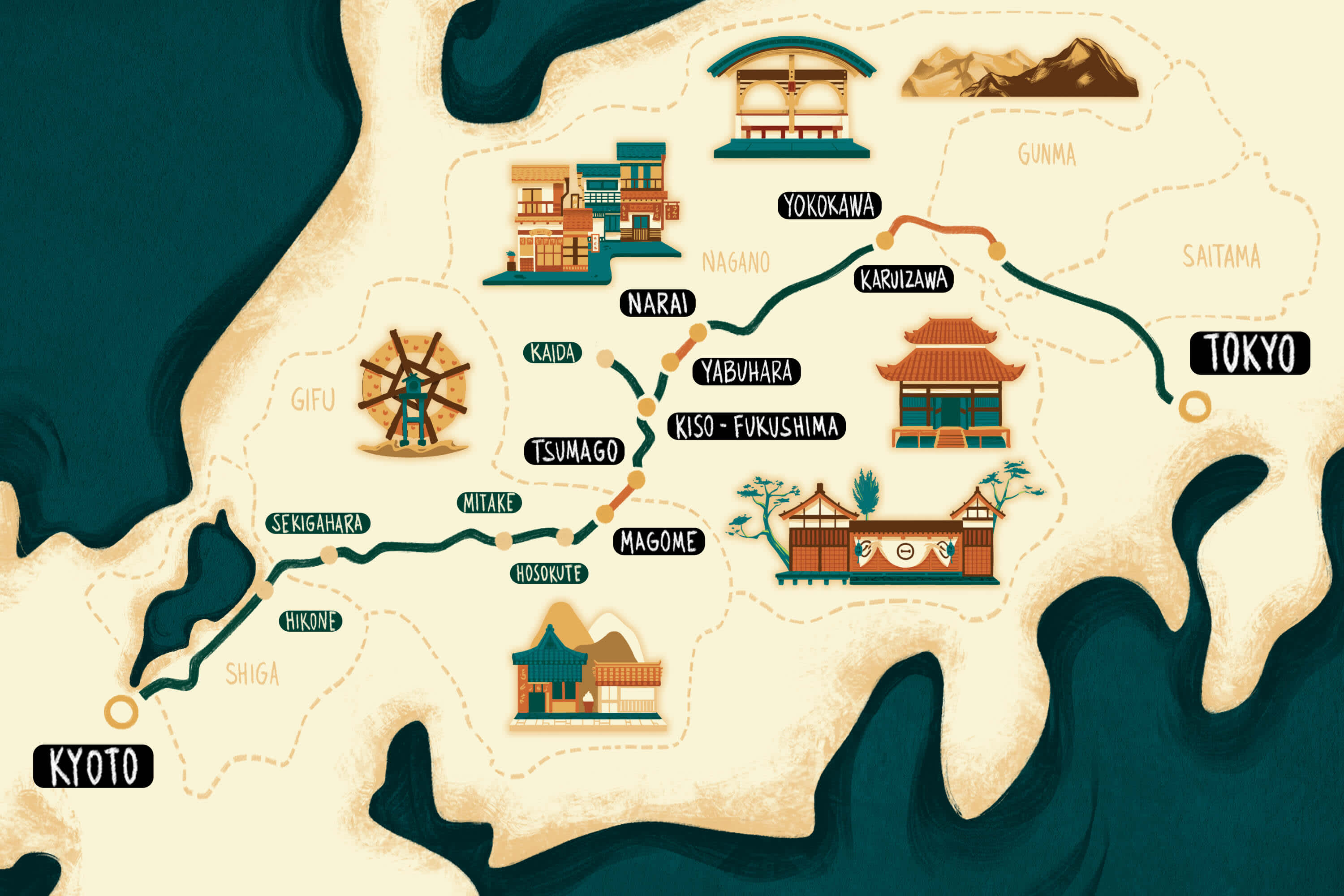
Discover more of Japan. Follow us on Facebook and Instagram for fun facts and quick tips about Japan.
























































